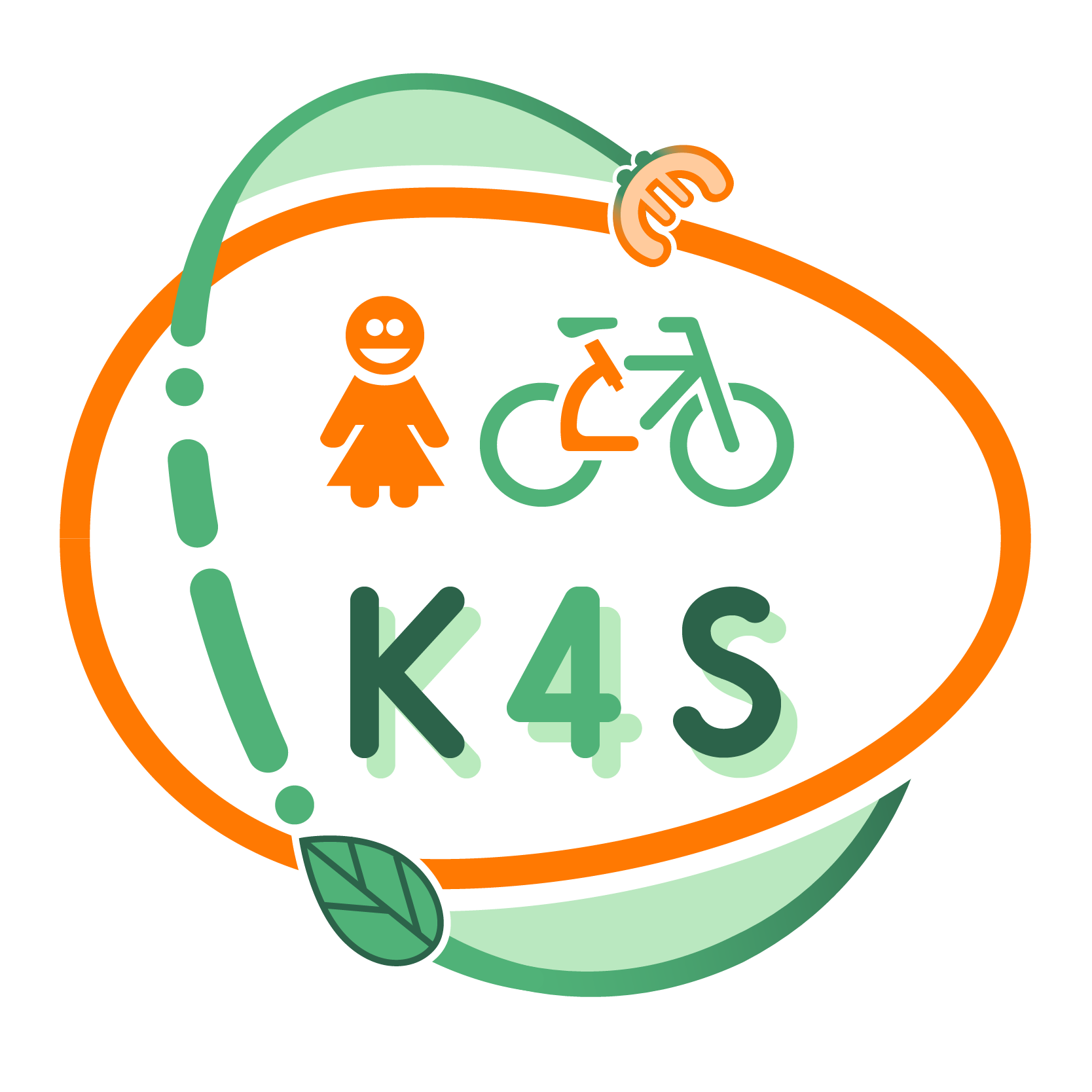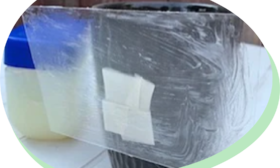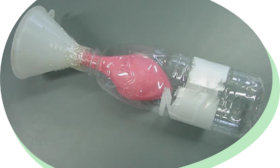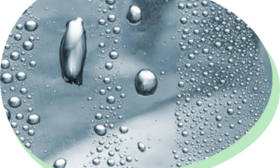LEARNING PATHWAY BASED ON SCIENTIFIC CONCEPTS
The Child in the Air – Discovering Air
Overall aims:
- Recognize air as an element;
- Interiorize the importance of air;
- Make observations and predictions;
- Make and taste hypotheses;
- Verbalize concepts and ideas;
- Appreciate the importance of waiting for an outcome.
Intended learning outcomes:
The child will be able to:
- Become more patient;
- Interiorize and become more able to recycle;
- Develop senses;
- Make up a story;
- Tell a story;
- Act out a story;
- Act like a little scientist (make predictions, hypotheses, observations).
Evaluation:
Initial – ask children what they already know about air;
Formative – develop and use an observational template to assess the engagement of children during the activities;
Final – ask children to explain what they have understood about air (with the aid of paintings and collages).
Pathway structure:
The path is composed of 4 activities in total. A period of one month is foreseen to complete the whole learning pathway.
Stage I – Air is all around us
Children are told to make some movements to create air currents: wave their arms and feel the air on their hands; run and feel the air on their face; make a fan from a piece of paper and create air currents. Children can face each other in pairs. The teacher helps children to reflect on their experiences and conclude that air is all around us and moves even when we cannot see it.
- Air is all around us– The activity lets children “socialize” with the air, understand that air is all around us.
Stage II – Air Pollution
The second activity consists in discovering that air is all around us, but we can’t see it. So, what is air, exactly? It’s a mixture of different gases. Teacher explains to pupils that while air is mostly gas, it also holds lots of tiny particles. These particles in the air are called aerosols. Some aerosols – like dust and pollen – are picked up naturally when the wind blows, but the air can also carry soot, smoke, and other particles from car exhaust and power plants. These are major contributors to air pollution.
- Air pollution – Discover that air is all around us, but we can’t see it. So, what is air, exactly?
Stage III – The bottle that breathes
This activity is intended to explain how the breathing process works. Teacher explains to pupils that people need to breathe, and so do lots of other animals – and plants. Breathing is part of a process called respiration. During respiration, a living thing takes in oxygen from the air and gives out carbon dioxide. This process gives animals and plants the energy to eat, grow, and live life.
- The bottle that breathes – This activity is intended to explain how the breathing process works
Stage IV – Air also holds water
This activity consists in discovering that water vapor is present in the air, which is not visible but determines the relative humidity. When it’s a hot, muggy summer day, you’ve probably heard the word “humid.” But what does that mean, exactly? Relative humidity is the amount of water that the air can hold before it rains. Humidity is usually measured in percentages, so the highest level of relative humidity – right before it rains – is 100 percent.
- Air also holds water – This activity consists in discovering that water vapor is present in the air, which is not visible but determines the relative humidity








